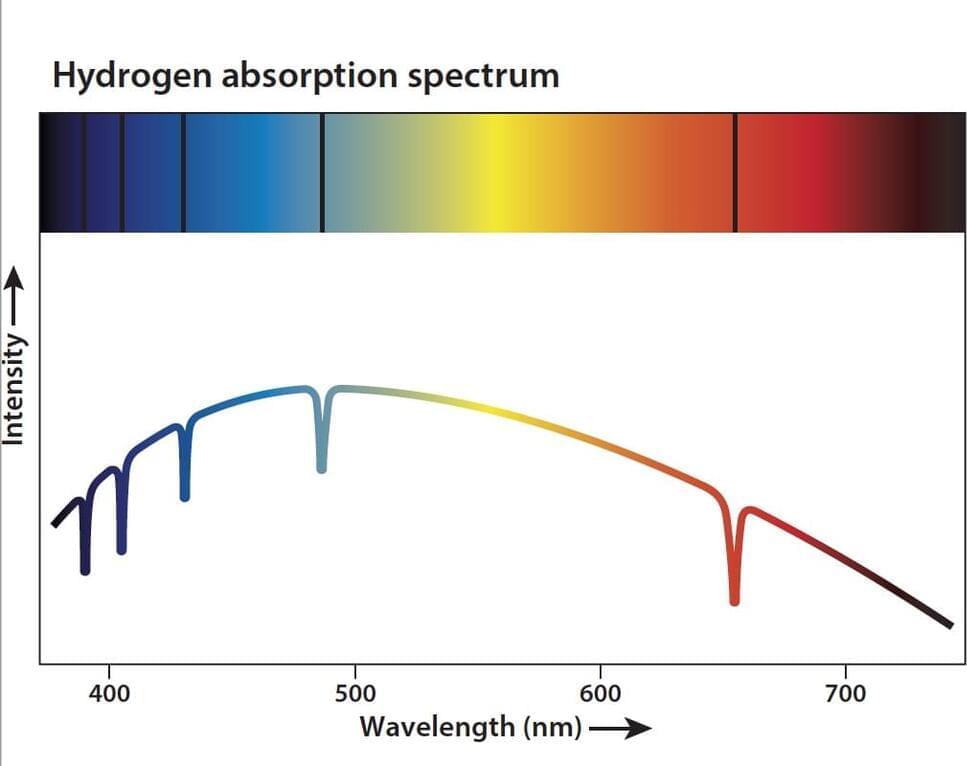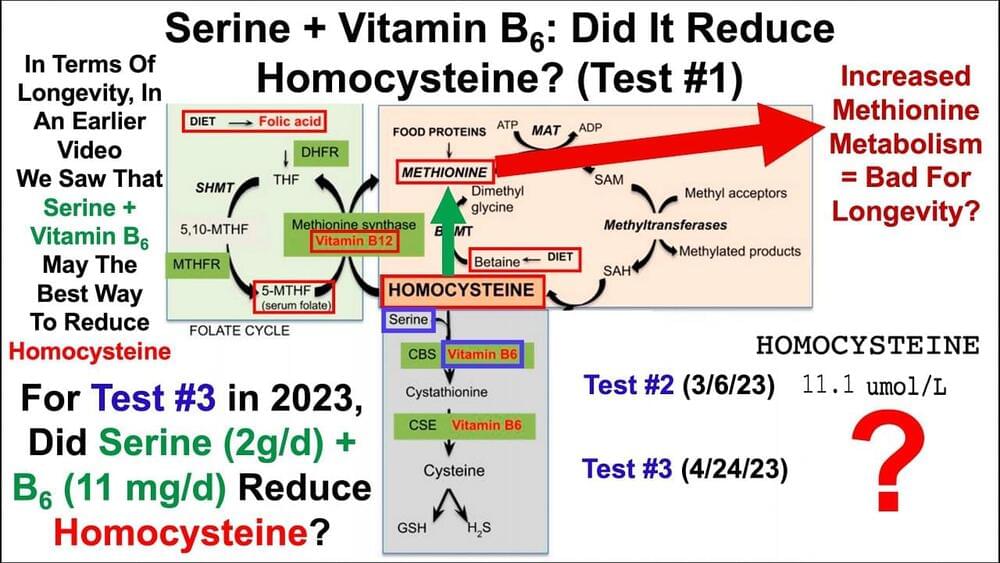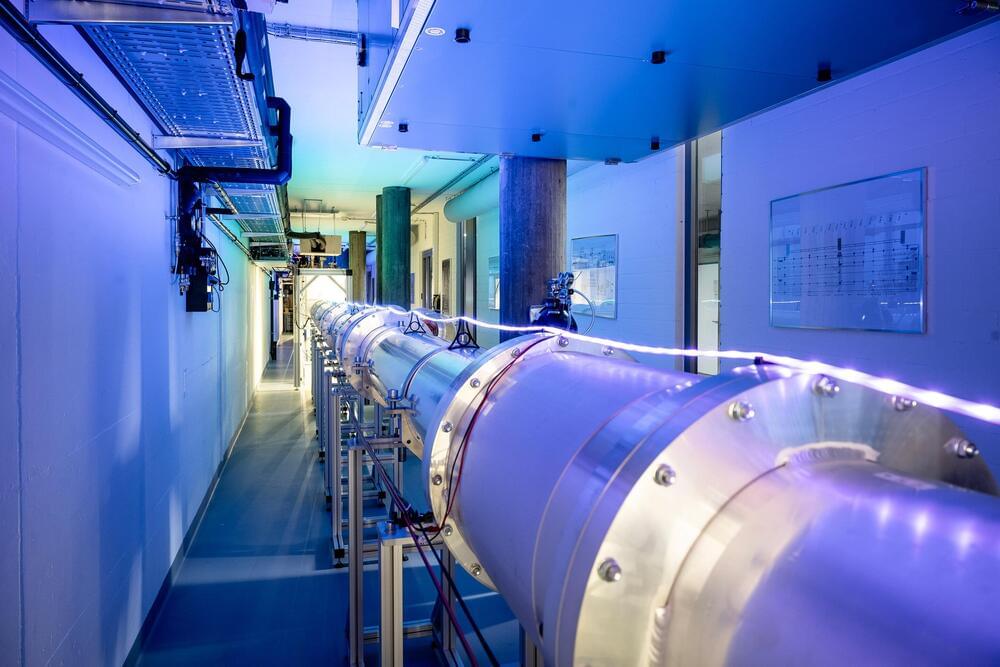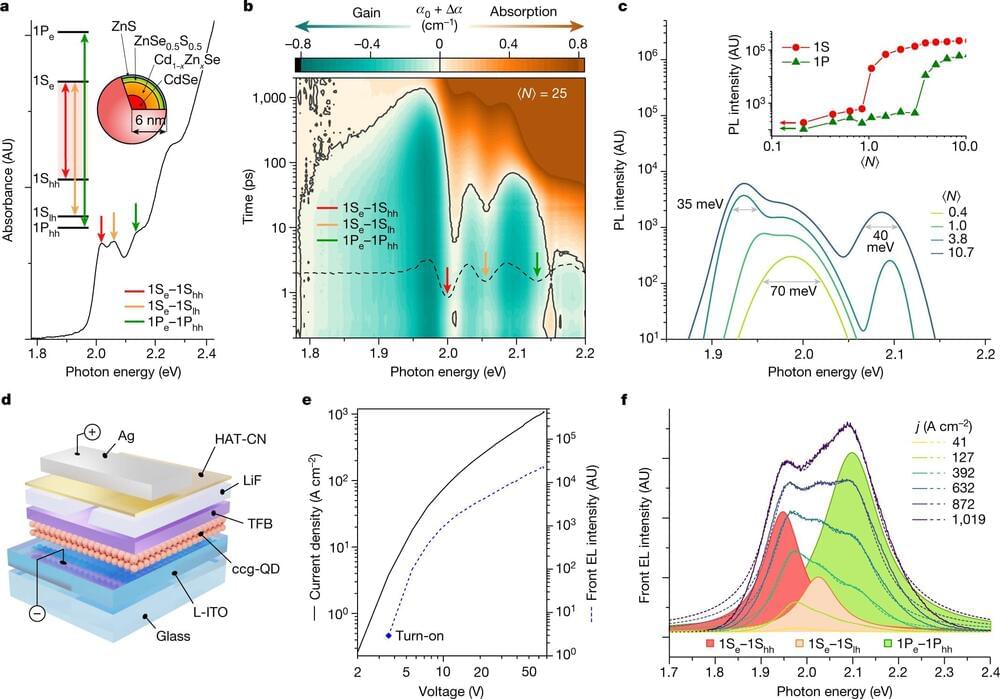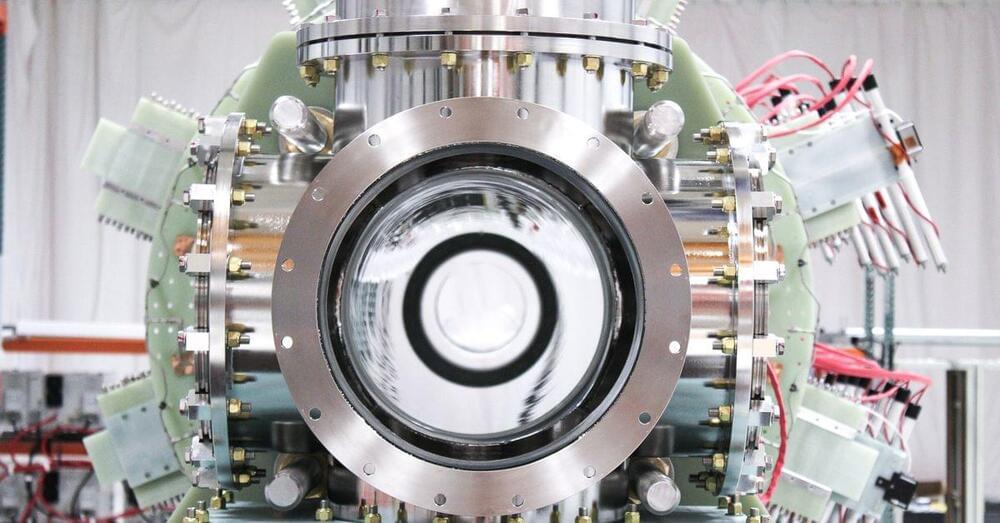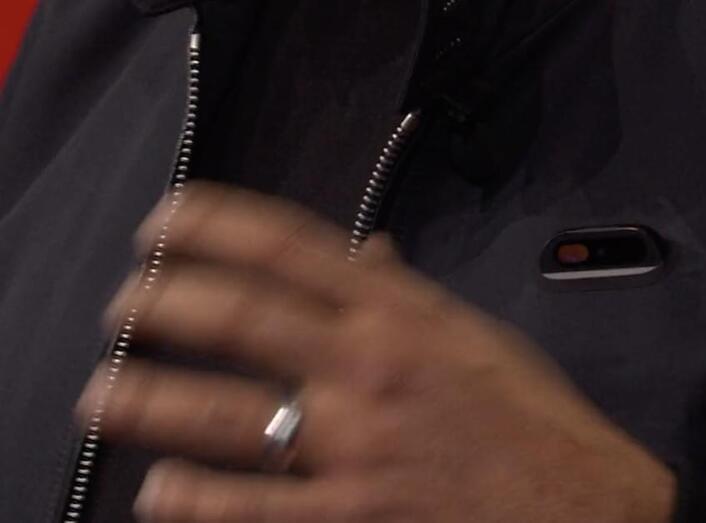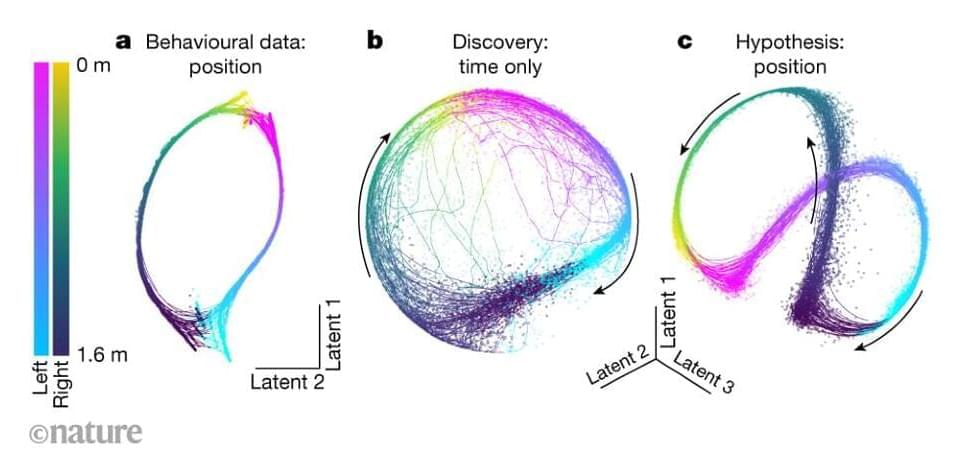May 10, 2023
How do scientists determine the compositions of planets and stars?
Posted by Shubham Ghosh Roy in category: space
Cristina Montes Muntinlupa, Philippines
The most common method astronomers use to determine the composition of stars, planets, and other objects is spectroscopy. Today, this process uses instruments with a grating that spreads out the light from an object by wavelength. This spread-out light is called a spectrum. Every element — and combination of elements — has a unique fingerprint that astronomers can look for in the spectrum of a given object. Identifying those fingerprints allows researchers to determine what it is made of.
